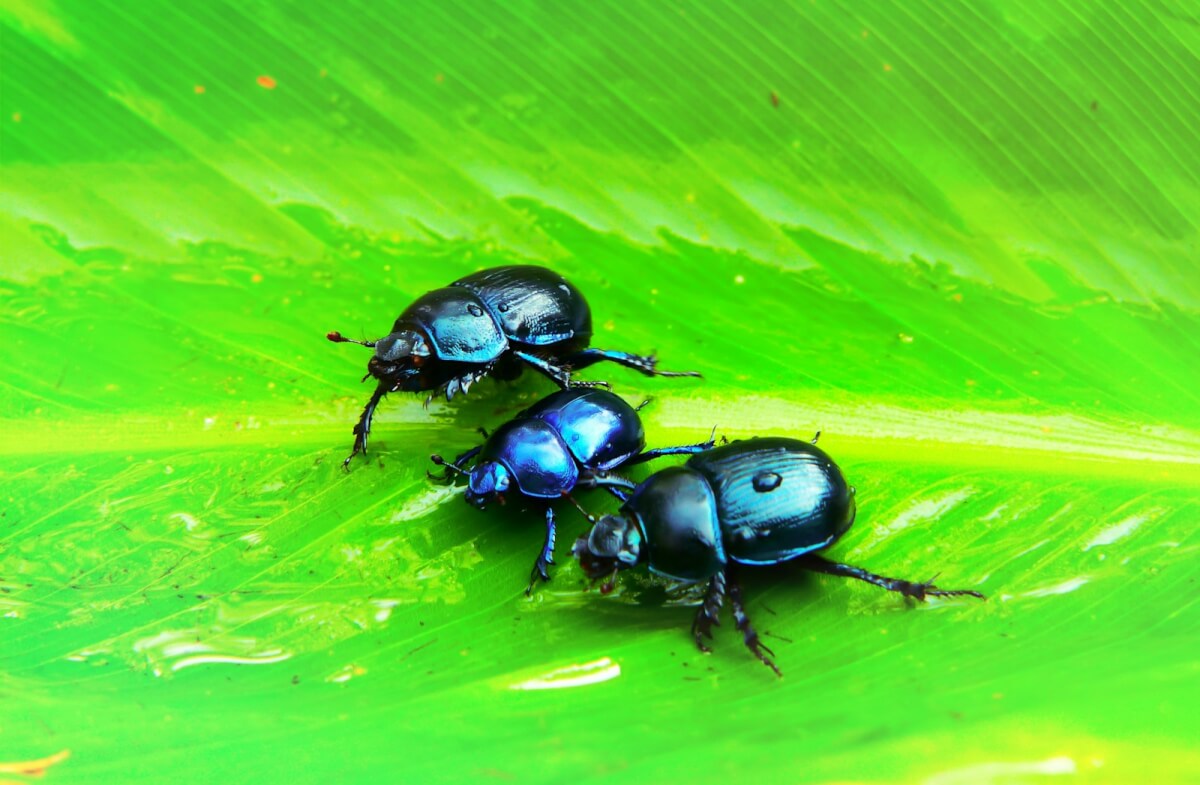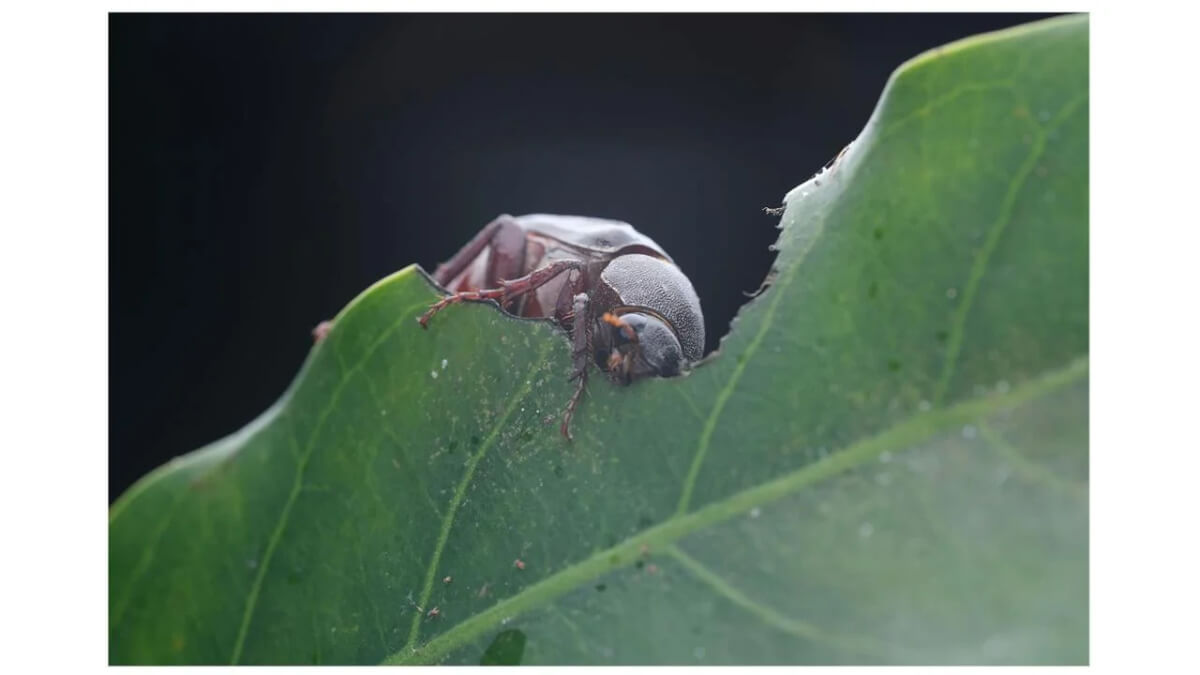
Photo by Krzysztof Niewolny from Unsplash
DAVIS, Calif. — Turn down the lights and put on some Marvin Gaye. A new study reveals the large black chafer beetle, known as Holotrichia parallela, an agricultural pest prevalent in Asia, mates every 48 hours. The unusual 48-hour cycle defies the standard 24-hour circadian rhythm that governs the lives of most living organisms on Earth.
Led by Walter Leal, a professor of molecular and cellular biology at the University of California-Davis, and Jiao Yin from the Chinese Academy of Agricultural Sciences in Beijing, the research team delved into the mysterious “circa-bi-dian” clock of these beetles. They observed that female beetles emerge from the soil every other night to climb host plants and release pheromones, signaling to attract males.
This unique mating behavior, controlled by a 48-hour cycle, prompted the researchers to investigate if the male beetles' ability to detect these pheromones also followed the same cycle. The UC Davis lab, which specializes in chemical sensing in insects, identified the receptor gene, named HparOR14, responsive to the female pheromone L-isoleucine methyl ester (LIME).
Through experiments, scientists found that on nights when female beetles were active, the transcription of the HparOR14 gene was heightened, aligning with the females' pheromone release. However, on the alternating days, the receptor activity was notably low. This pattern demonstrates that the male beetles' pheromone detection indeed operates on a 48-hour cycle, synchronized with the females' mating behavior.

The existence of these 48-hour cycles in the large black chafer beetle raises intriguing questions, as there are no known natural cues, like the rising or setting of the sun, that follow a 48-hour cycle. How these beetles synchronize their activities and set their unique biological clocks remains a mystery.
“Twenty-four hour rhythms in physiology and behavior are commonly observed in organisms from bacteria to humans, but observations of 48-hour rhythms in nature are rare,” says Joanna Chiu, professor and chair of the Department of Entomology and Nematology at UC Davis and an expert on circadian rhythms, in a university release. “This elegant study by Professor Leal and his collaborators has provided us with an in-depth description of how the circabidian rhythm of pheromone detection in this beetle is generated.”
This discovery not only challenges the conventional understanding of biological clocks but also opens new avenues for research into the complexities of circadian and “circabidian” rhythms in nature.
The study is published in the journal Current Biology.










